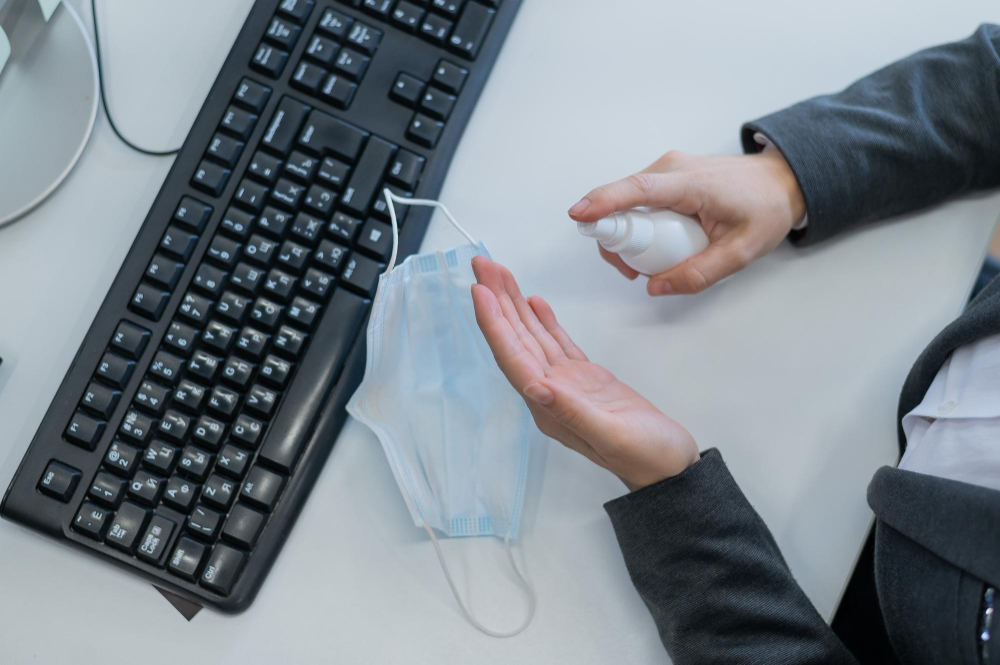
You might think your office is clean, but germs are lurking in places you'd least expect. Beyond the obvious culprits like bathrooms and keyboards, many high-touch surfaces are teeming with bacteria and viruses that can quickly spread among employees. Understanding where these hidden germ hotspots are is the first step toward creating a healthier workplace.
This guide will uncover the grimiest spots in your office that often get overlooked during a standard cleaning routine. We'll also explain how professional janitorial services tackle these areas to ensure a truly sanitary environment. By the end, you'll have a clear picture of what it takes to keep your team healthy and productive.
Think about the items and surfaces your employees touch every single day. Many of these are breeding grounds for germs but are rarely cleaned thoroughly enough. Here are the top offenders that demand more attention.
Your personal workspace might feel like a safe zone, but it's often the main hub for germs. The average office desk harbors more than 10 million bacteria—that's 400 times more than a toilet seat.
How Professionals Handle It: A professional cleaning crew doesn’t just do a quick wipe-down. They use EPA-approved disinfectants to thoroughly sanitize phones, keyboards, mice, and desk surfaces. They have the right tools to clean between keys and in other tight crevices where germs hide.
The office kitchen is a shared space where food preparation and socializing meet, making it a hotspot for germ transfer.
How Professionals Handle It: For effective office cleaning in Commerce, CA, janitorial teams focus on disinfecting all high-touch points in the kitchen. They sanitize handles, buttons, and countertops. They also have protocols for managing shared items like sponges and ensuring the breakroom is a safe place for employees to eat and recharge.
Any equipment used by multiple people is a potential vector for illness. These items are often overlooked in daily cleaning routines.
How Professionals Handle It: Professional cleaners systematically disinfect all shared equipment and high-touch surfaces. They use specific products designed to kill germs without damaging sensitive electronics. This targeted approach is crucial for reducing the spread of germs throughout the office.
A quick wipe with a damp cloth might make a surface look clean, but it does little to eliminate harmful microorganisms. This is where the distinction between cleaning, sanitizing, and disinfecting becomes critical.
Professional janitorial services understand this difference. They use the right products and techniques for each task, ensuring your office isn't just visually clean but hygienically safe. They follow a detailed checklist to make sure no germ hotspot is missed, providing a level of thoroughness that is difficult to achieve with in-house efforts.
Maintaining a healthy work environment goes beyond surface-level appearances. It requires a strategic approach that targets the hidden germ hotspots where bacteria and viruses thrive. By understanding where these areas are and how they should be treated, you can significantly reduce the risk of illness spreading through your workplace.
If you’re looking for a reliable partner to keep your workplace safe, consider a professional service. For comprehensive office cleaning in Commerce, CA, contact S&W Janitorial Services today to request a quote and ensure your office is as clean as it looks.